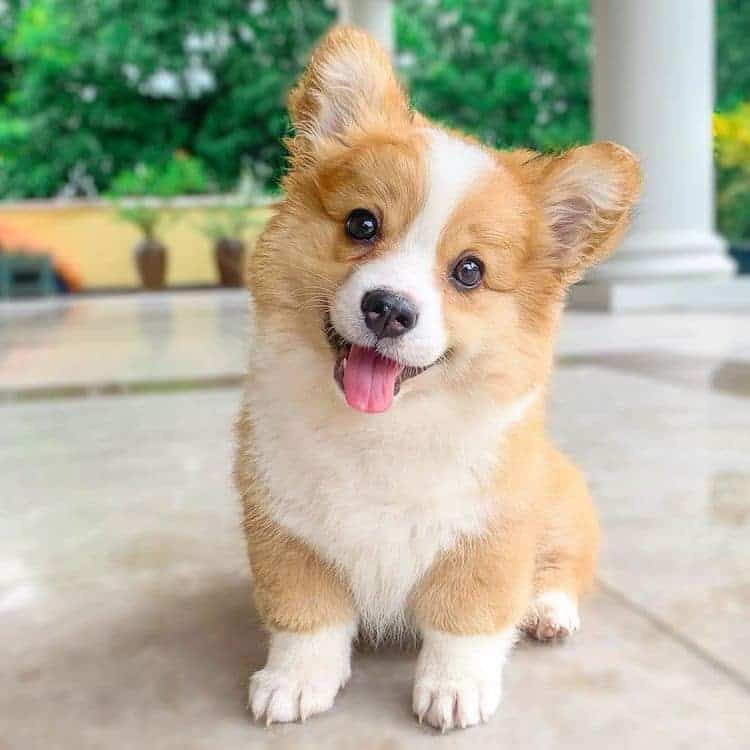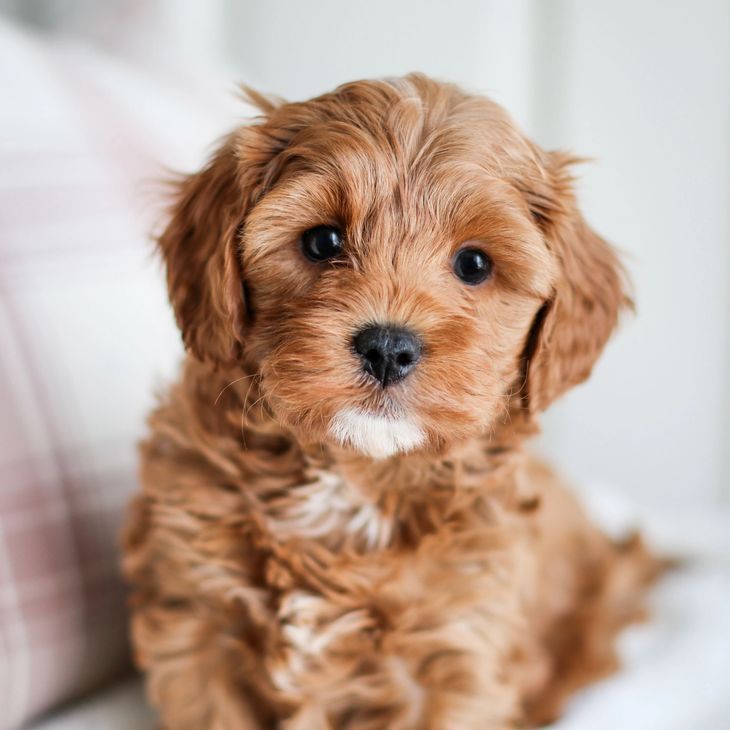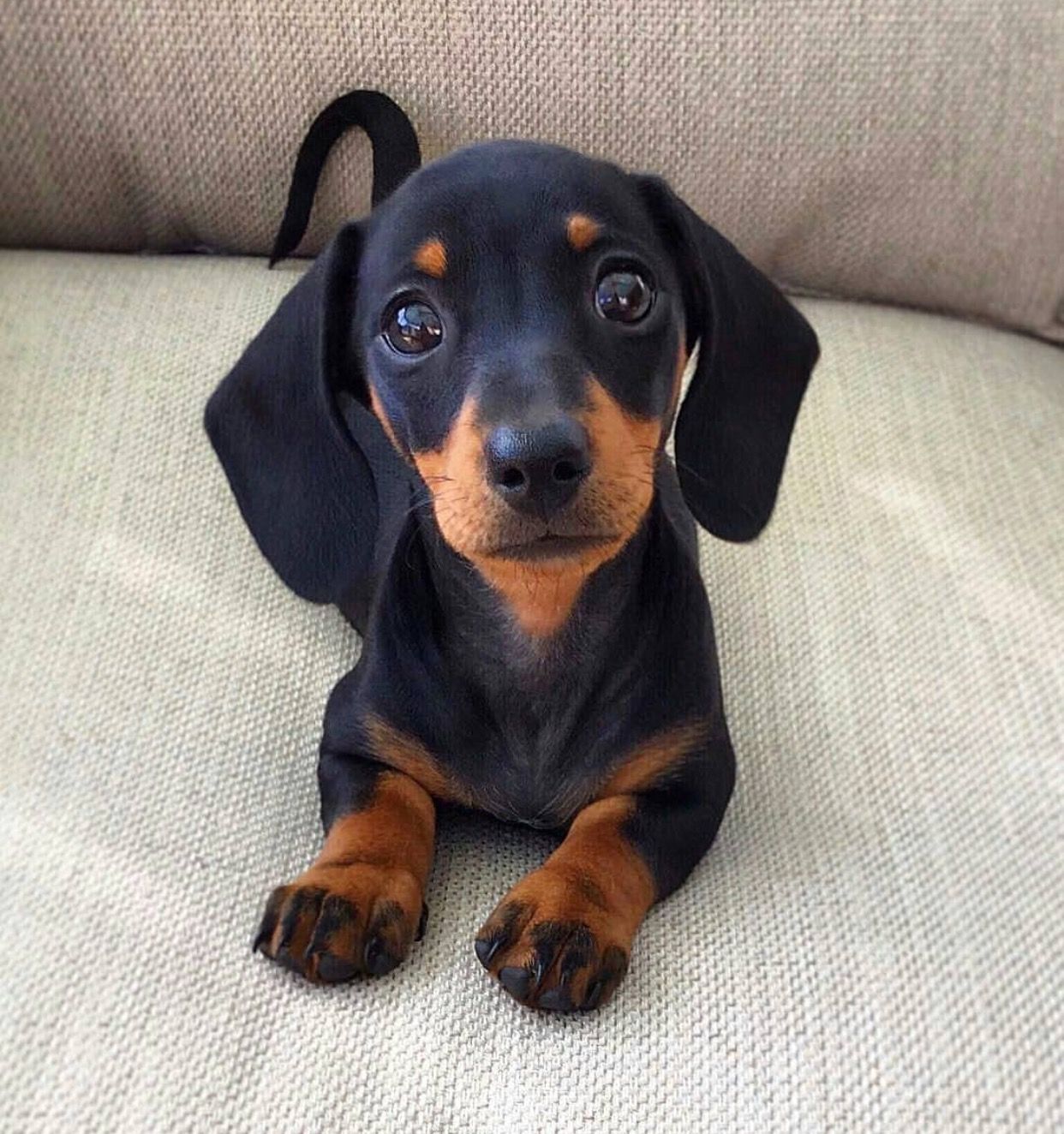Dog Grooming Tips for Pet Parent
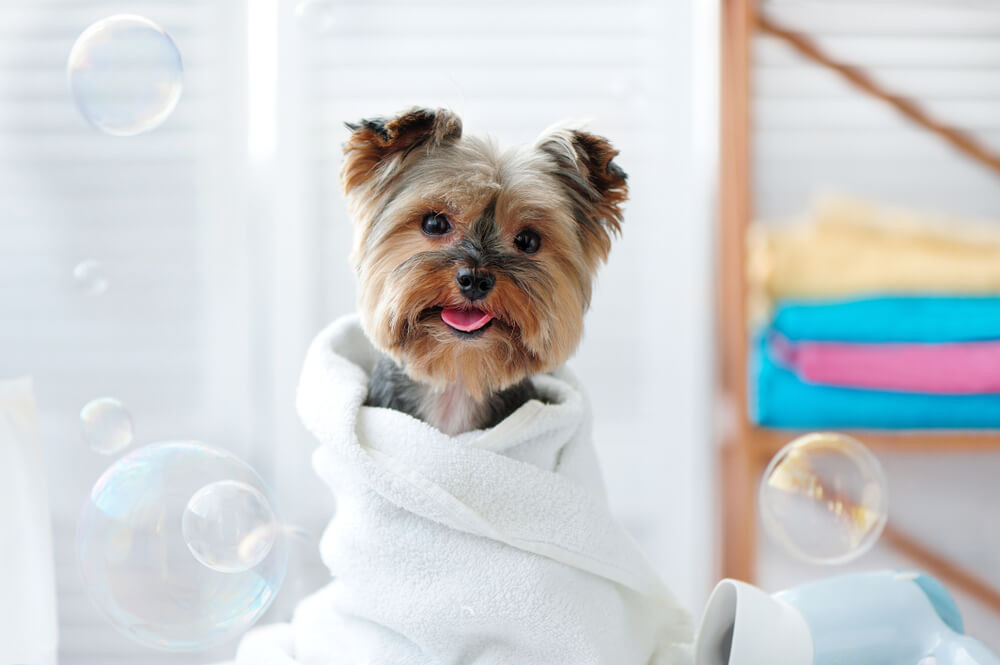
Table of Contents
Listen To The Article
Introduction to Dog Grooming Tips for Pet Parent
Being a pet parent comes with a lot of responsibility if you’re not ready for, essentially, a second full-time job, you might want to reconsider welcoming one into your family.
If you’re ready to tackle the responsibility of a new furry family member in your home, you’re going to need to know a few things.
The first thing to know is that you’re going to get so much unconditional love back from this pup, but only if you take proper care of him or her.
This is a large catch that, unfortunately, not all dog owners fully comprehend even if your intentions are good, there could be crucial measures you’re unknowingly skipping when it comes to your dog’s well-being and happiness.
That’s why it’s important to know about proper pet care.
A puppy’s first pet grooming session is a momentous occasion for pet owners, almost on par with a parent taking their child for their first haircut.
The experience, which can often try the patience of even the most skilled pet groomers, can have a lifelong effect on a pup, be it positive or negative.
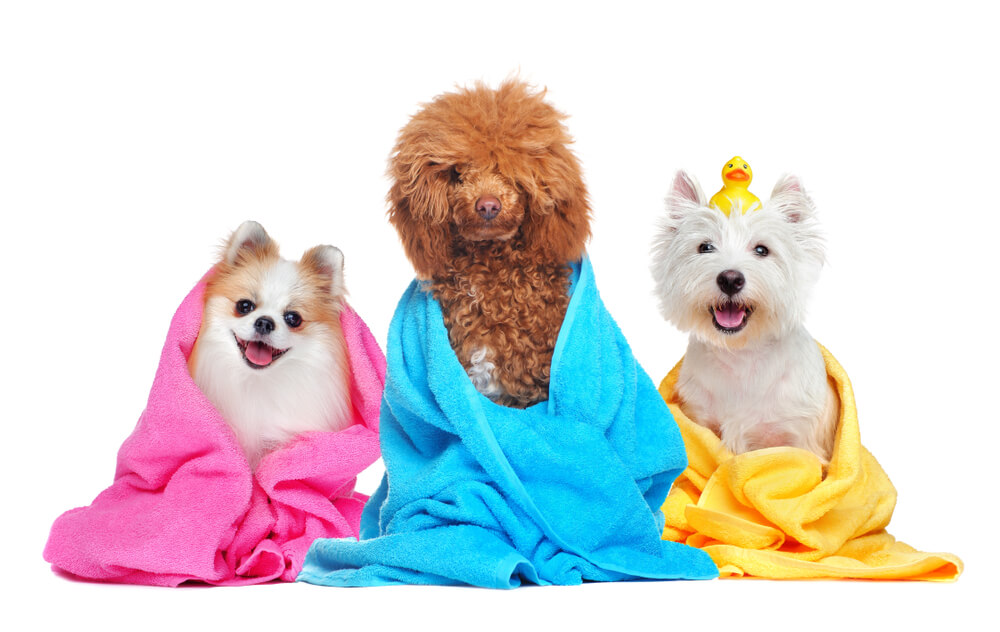
Importance Of Dog Grooming
Pet grooming helps dogs look and feel their best.
Regular grooming will also get you into a routine of examining your dog’s nails, ears, skin, teeth, fur, and paw pads for any potential problem spots.
Your dog’s coat whether curly or straight, long or short isn’t just for decoration, so keeping it in good shape is a key part of responsible pet ownership, it helps keep your dog warm in the winter and can even help keep your dog cool in the summer, a clean coat works best.
- Brushing your dog’s teeth can help protect against tooth decay, gingivitis, and periodontal issues.
- Regular ear cleaning helps keep your pup’s ears healthy.
- Nail clipping can help prevent joint injuries.
- Brushing your dog’s coat spreads out the natural oils and helps keep the fur-free of external parasites.
Besides keeping your dog’s coat in tip-top shape, regular grooming helps prevent ear infections and paw problems caused by broken or ingrown nails.
Grooming also provides a good opportunity to check your dog for harmful parasites like fleas and ticks.
Regular grooming will allow you to carefully inspect all parts of your dog, so if you do find a tick, you can easily and quickly remove it, the more quickly the tick is removed, the less likely it will have transmitted disease to the dog.
And perhaps best of all grooming is a great bonding opportunity for you and your dog.
A grooming session allows you to focus your energy entirely on your dog, something they probably consider a dream come true!
Whether you’re clipping nails, brushing, or ear cleaning, handling your dog calmly and steadily is a great way to build trust.
This will benefit your relationship beyond your grooming sessions.
If you’ve never groomed your dog before, it may take a few sessions for your pup to get used to your touch.
Take it slow and be gentle.
You may find that you and your pet both find it very relaxing.

Basic Tools Needed To Groom Your Dog
Establishing a dog grooming schedule is important, so you can avoid health problems such as excessive shedding, skin ailments, mats in your pup’s hair, paw deformities from untrimmed nails as well as teeth, ear, and eye troubles.
You don’t need to visit a dog groomer or a grooming salon all the time.
Here are the tools you will want for the job.
Dog Brushes and Combs
Dogs can have many different coat types, so it’s no surprise that there are many types of dog brushes available.
Choose a brush or comb that best suits your dog’s hair, your dog may benefit from more than one type of bristle brush or comb.
Nail Trimmers
Nail trims can be stressful for both dogs and their owners and knowledge of proper techniques and the use of the right tools can help ease the process.
Dog Shampoos
Bathing your dog is much more effective when you use the right shampoo, always choose a soap-free shampoo that is specifically intended for use on dogs and avoid overly scented or colored formulas.
Dog Ear Care
Proper ear care for dogs is sometimes overlooked, but it is just as important as the maintenance of hair and nails.
Routine ear cleaning can remove the buildup of wax, sebum, and debris, preventing ear infections, talk to a veterinary professional or groomer about proper techniques for cleaning your dog’s ears.
Dog Toothbrush and Toothpaste
Brushing your dog’s teeth at least twice daily for many dogs, once brushing becomes a part of their daily routine they will begin to expect and enjoy it.
Brushing three times a week is the minimum recommendation to help remove plaque and prevent tartar accumulation.
Dog Hair Clippers
Not all dogs will need haircuts, short-haired dogs do not need to be shaved or clipped.
Some dogs with medium to long hair, such as Golden Retrievers, may benefit from occasional hair trims but should not be completely shaved down, however, dogs with hair that keeps growing, like Poodles or Shih Tzus, must be groomed on a regular basis.
Some owners choose to keep these dogs’ coats shaved short while others prefer to keep more hair, meaning they may need to be brushed more frequently.
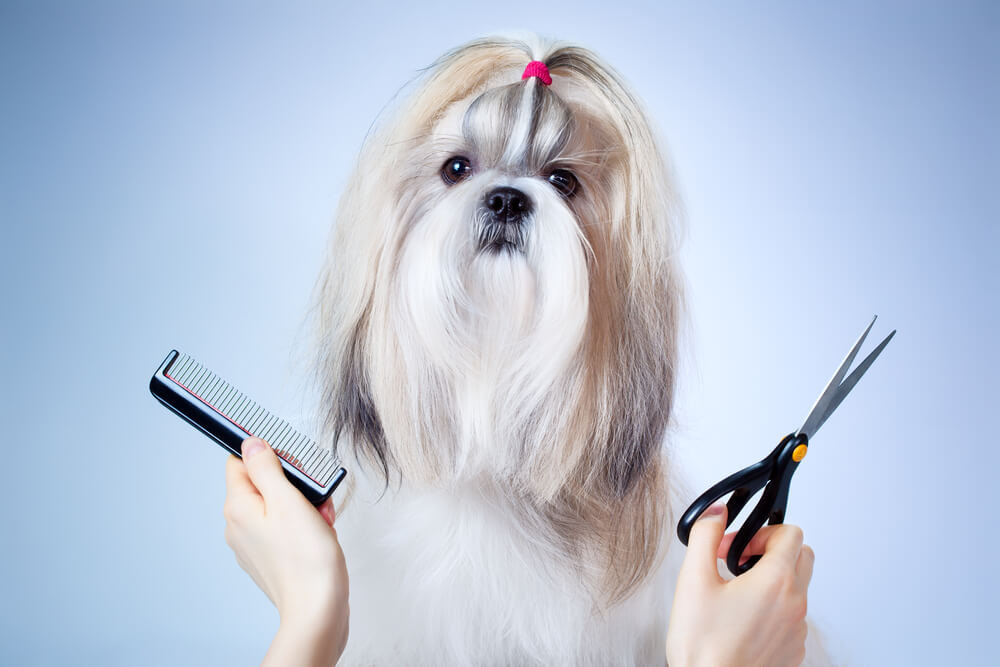
How Often Should I Groom My Dog?
Although it depends mostly on the breed, hair length, and type of coat, regular grooming should be done about once a month.
For young puppies and dogs who have never been groomed, more frequent grooming or brushing at home should be done to get the dog used to being handled and to avoid grooming issues into adulthood.
The exact frequency with which you should ideally take your furbaby to the groomers can vary and is largely dependent on the length and thickness of your pet’s fur.
Shorter, finer hair requires much less maintenance than long, thick fur.
Most owners of cats or dogs with longer fur opt to take their pet to the groomers once every 4-6 weeks, while shorter-haired breeds may only visit every 8-12 weeks.
Grooming Dogs With Short Hair
Short-haired dogs only need occasional baths and minimal brushing and keep in mind that nothing will stop shedding entirely, not even shaving your dog.
While short-haired dogs will not get mats, it is still a good idea to brush them regularly at home.
Brushing with a stiff-bristled brush stimulates natural oil production for a shiny, healthy coat.
It also removes dead hair and skin cells and allows you to check your dog’s skin for changes or growths.
As for how often you should bathe an otherwise healthy short-haired dog, a good rule of thumb is no more than once a month or whenever they start to stink.
Overbathing can dry out the skin and lead to brittle hair and shedding.
Frequent brushing is much more important for healthy skin.
When you do decide to bathe your dog at home, skip the human shampoo it is far too stripping and opt for a soap-free product with natural ingredients like oatmeal, aloe vera, and herbal proteins.
Grooming Dogs With Short Hair & Double Coats
Double-coated breeds have a soft undercoat and a longer top layer of coarse guard hairs.
The long outer coat protects the dog from the sun and helps repel dirt, parasites, and moisture.
The soft inner coat provides warmth in the winter and is drastically shed seasonally to keep the dog cool in the summer.
These major shedding episodes are known as “coat blow” and typically occur once or twice a year depending on the climate.
Plan on grooming your double-coated dog at least four times a year to help pull out the dead undercoat and invest in a wire brush or pin brush for your dog’s outer coat and a grooming rake for the dense undercoat.
You may be tempted to shave your double-coated dog to prevent shedding or help keep them cool in the summer.
Believe it or not, shaving actually puts these dogs at a higher risk for heatstroke! What remains of the undercoat after a seasonal coat blow helps to hold cool air close to the skin and the double layers protect against sunburn.
Nature knows best so put down those clippers.
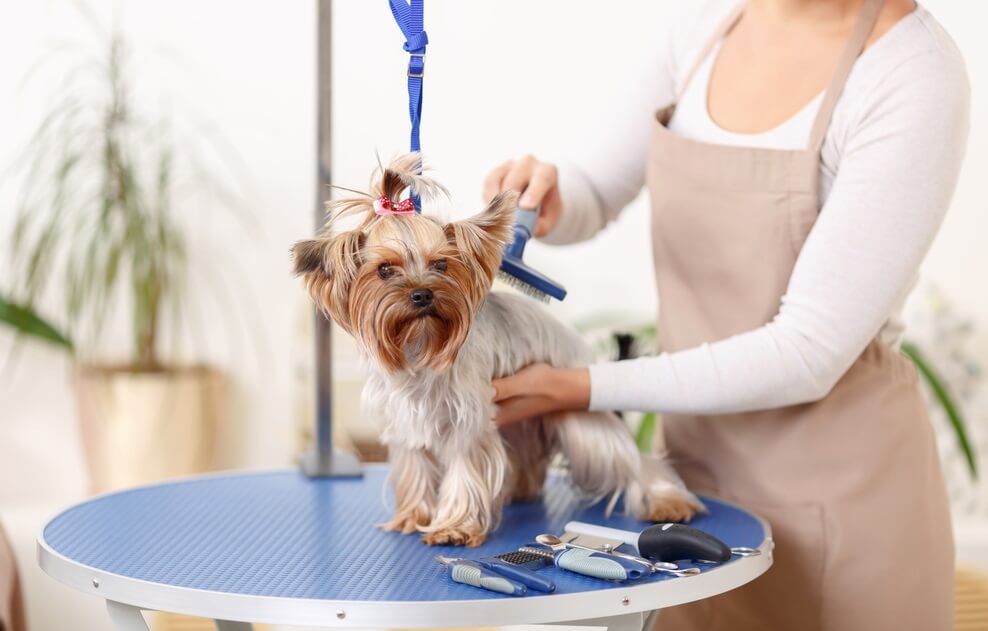
What To Do
Use a brush that is intended for the coat of your dog breed.
For example, bristle brushes are preferred for short-haired breeds and sleeker types of brushes are preferred for long-haired breeds.
With the appropriate brush for your dog’s coat, brush your canine companion every other day to remove dirt and debris, prevent matting, control shedding, and create a shiny coat.
Use a damp towel to wipe any dirt, mud, sand, pine needles, or other outdoor debris from your dog’s coat as needed.
During your grooming session, check your dog daily for ticks, or more than once per day during tick season.
Ask your veterinarian to teach you on the safest method for tick removal.
There are tools available for purchase that can help make removal easier.
Your groomer may also be able to help you. The more quickly a tick is removed from a dog, the better.
Check your dog’s pads regularly.
Not just for cleanliness but to ensure that they are not dry, cracked, or injured in any way.
Excessive hair may grow between your dog’s toes and it can become matted or cause other problems.
It should be trimmed to be even with the paw pads or slightly shorter.
This must be done carefully to prevent cutting your dog.
Small, blunt-edge scissors or a small, narrow clipper blade should be used only after being taught proper procedures by your groomer, breeder, or veterinary staff.
Keep your dog’s nails trimmed.
Your veterinarian can show you how to safely trim nails.
If you do not feel comfortable doing it on your own, it is usually a quick and inexpensive trip to a groomer or your veterinarian’s office. Some dog owners find rotary trimmers a safe alternative to clippers, but it takes more time and your dog will likely require training to tolerate this method.
Before you start trimming nails, make sure you have easy access to a product that will stop the nail from bleeding if cut too short, such as a styptic pencil or a cauterizing powder, like Kwik Stop.
Nails should be trimmed regularly to keep them and the quick (which supplies blood to the nail) from growing too long.
Regular trimming can help keep the quick shorter and decrease the chances of cutting it when you are trimming the nails.
If your dog has dark toenails, it is especially difficult to identify where the quick ends.
You may want to seek guidance from your veterinarian before trying to cut dark nails on your own.
Is your dog a breed that has hair covering its eyes?
If so, clean with a damp cloth and keep the hair trimmed and make sure the cut doesn’t cause hair to fall into your dog’s eyes and irritate them.
Wipe the inside of your dog’s ears weekly with a moist cotton ball or soft cloth at the same time, you should take a good look and smell each ear and ear canal.
Any signs of severe redness, swelling, debris, or discharge (brown or yellow), or a fetid, “yeasty” odor may be a sign of infection and requires a visit to your veterinarian.
This is often noted shortly after a bath or swimming due to the accumulation of moisture it is important to thoroughly dry each ear after they get wet.
Daily brushing of your dog’s teeth is best, but you should brush your dog’s teeth at least a few times per week.
Plaque starts to build up after 48 hours. You can also try wrapping your finger with gauze or a washcloth.
Wipe the teeth and massage the gums.
Dental problems in dogs can lead to other problems, including serious health issues such as heart disease, kidney disease, and more.
Get your dog accustomed to having his teeth cleaned regularly. It’s good for your pet and can save you from costly dental work as the dog ages.
Always use veterinarian-approved hygiene products on your dog.

What Not To Do
Do not use “human” beauty and hygiene products such as shampoo, conditioner, and toothpaste on your dog and many human kinds of toothpaste contain xylitol, which is toxic to dogs.
Avoid clipping your dog’s nails unless you’ve been taught the proper technique, feel comfortable doing so, and have proper dog nail clippers or a rotary trimmer and products to stop bleeding should it occur.
Clipping too short can cause extreme pain and bleeding.
If you notice any injuries, sores, lacerations, or wounds of any kind on your dog, do not attempt to treat them yourself.
Do not try to clip or shave your dog’s hair by yourself without proper training and grooming professionals have the tools and knowledge to safely groom sensitive areas.
In addition, they know the grooming needs of your breed.
Keep your household scissors in the drawer where they belong and do not attempt to cut mats out of your dog’s coat yourself.
One wrong move from a nervous pup could result in serious injury, often, the best way to remove a mat is using your fingers, some dog conditioner, a couple of different types of combs, and a lot of time and patience.
Do not spray your dog with non-veterinarian-approved scents such as perfume and dogs are far more sensitive to fragrance than humans and many products contain dangerous ingredients.
Fragrances can result in respiratory problems for sensitive dogs.
In cool or cold temperatures, do not bathe your dog outdoors, as it can result in dangerous drops in your dog’s body temperature.
While grooming, if you notice any foreign objects in your dog’s eyes, ears, nose, mouth, or paw pads, do not attempt to remove them yourself always consult a veterinarian first.
Do not attempt to express your dog’s anal sacs yourself.
This is better done by a groomer or vet, but your veterinarian can train you in the correct way to do it if you are so inclined.
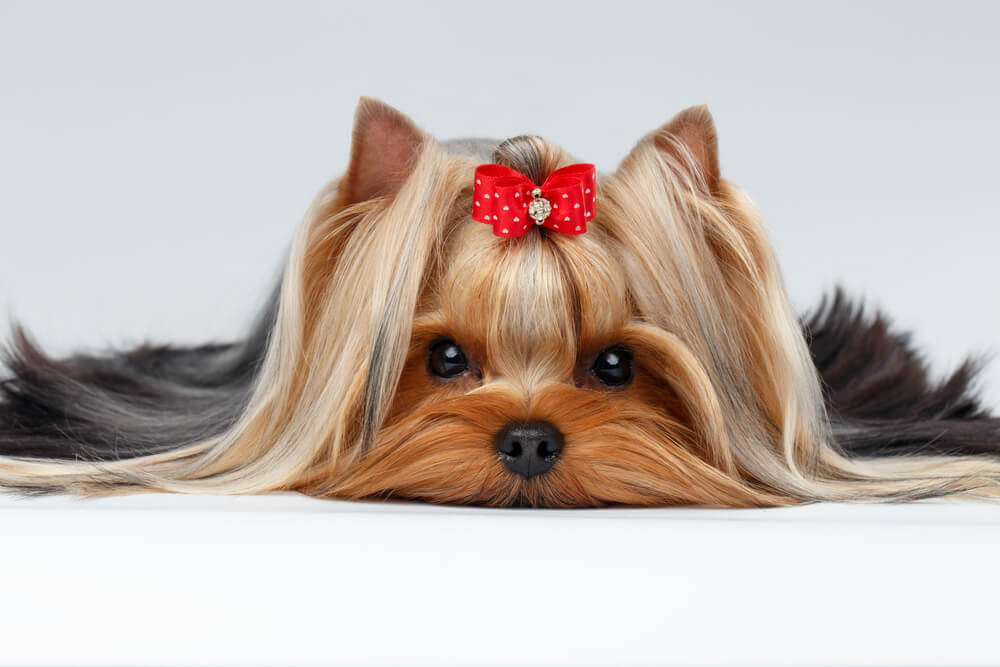
Grooming Advice
Get Started Early
Some dogs really don’t like to get groomed, and that might be because they weren’t handled in that way as puppies.
If you touch their paws and bring them to the groomer when they’re a puppy, they won’t see it as such a big deal as big dogs.
Brush Every Few Days
If your dog has long hair, you should brush it every few days to prevent it from getting knotty and uncomfortable.
This will also help them get accustomed to getting brushed.
Check Nooks And Crannies
Groomers suggest you check areas like the feet, ears, and leg pits regularly for anything that could get stuck there and cause great discomfort.
Keep Calm
Our pets pick up on stress and anxiety, so stay calm while grooming or bringing your dog to the groomer.
A happy owner means a happy pet.

